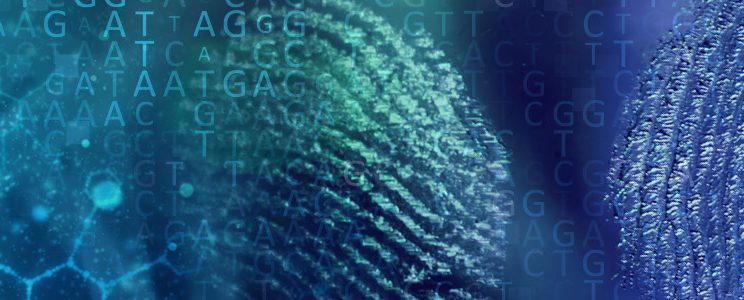This webinar originally occurred on July 14, 2020
Duration: 1 hour
Overview
Forensic DNA signal is notoriously challenging to interpret and requires the implementation of computational tools that support its interpretation. While data from high-copy, low-contributor samples result in an electropherogram signal that is readily interpreted by probabilistic methods, electropherogram signals from forensic stains are often garnered from low-copy, high-contributor-number samples. These samples can be obfuscated by allele sharing, allele drop-out, stutter, and noise peaks. Since forensic DNA profiles are too complicated to quantitatively assess by manual methods, continuous probabilistic frameworks that draw inferences on the Number of Contributors (NOC) and compute the Likelihood Ratio (LR) given the prosecution and defense’s hypotheses have been developed.
In this webinar, the presenter will show validation results acquired from the newest version of the NOCIt inference platform, which determines an A Posteriori Probability (APP) distribution of the number of contributors given an electropherogram. NOCIt is a continuous inference system that incorporates models of peak height (including degradation and differential degradation), forward and reverse stutter, noise, and allelic drop-out while considering allele frequencies in a reference population.
Researchers test the algorithm’s performance by conducting NOC tests on samples that are representative of types often encountered in practice. In total, they tested NOCIt’s performance on 815 degraded, UV-damaged, inhibited, differentially degraded, or uncompromised DNA mixture samples containing up to five contributors. They found that the model makes accurate, repeatable, and reliable inferences about the NOCs and significantly outperformed methods that rely on signal filtering, such as peak counting and allele frequency-based maximum likelihood methods.
The speaker will also demonstrate that when NOCIt’s APP is used in conjunction with a downstream likelihood ratio (LR) inference system that employs the same probabilistic model (CEESIt), a full evaluation across multiple contributor numbers is rendered. This presentation will illustrate the power of modern probabilistic systems to report probabilities on the NOCs based on bio-analytical models.
Lastly, the presenter will demonstrate the user experience by running a set of samples through NOCIt’s GUI, focusing on some of the automated features designed to ease burdens associated with artifact filtering and sample-matching during model parameterization.
Detailed Learning Objectives
- Attendees will learn how NOCIt is designed and shall learn how to parameterize the models and run evidentiary samples on the platform.
- Attendees will become aware of the software validation tests and biological model results used to validate NOCIt.
- Attendees will learn how NOCIt’s posterior probability can be used for downstream inference.
Presenter
- Catherine Grgicak
Funding for this Forensic Technology Center of Excellence webinar has been provided by the National Institute of Justice, Office of Justice Programs, U.S. Department of Justice.
The opinions, findings, and conclusions or recommendations expressed in this webinar are those of the presenter(s) and do not necessarily reflect those of the U.S. Department of Justice.
Contact us at ForensicCOE@rti.org with any questions and subscribe to our newsletter for notifications.




